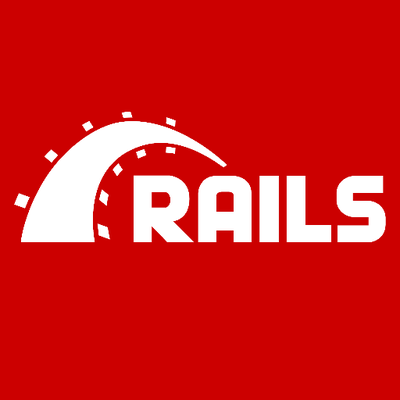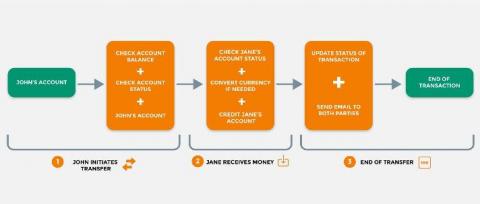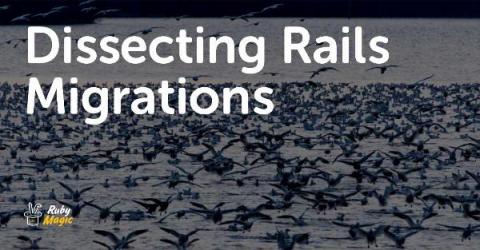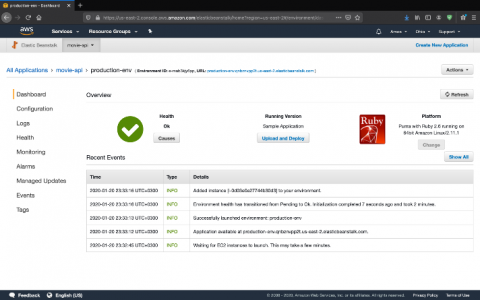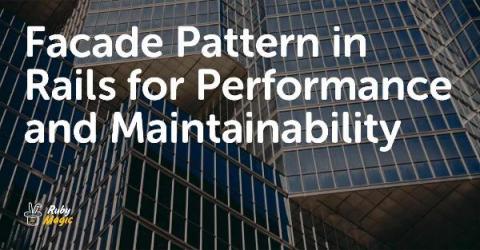Rails Concerns: To Concern Or Not To Concern
If you’ve ever used Ruby on Rails, you’ve probably come across the concept of concerns. Whenever you jumpstart a new Rails project, you get a directory app/controllers/concerns and app/models/concerns. But what are concerns? And why do people from the Rails community sometimes talk badly about them?



